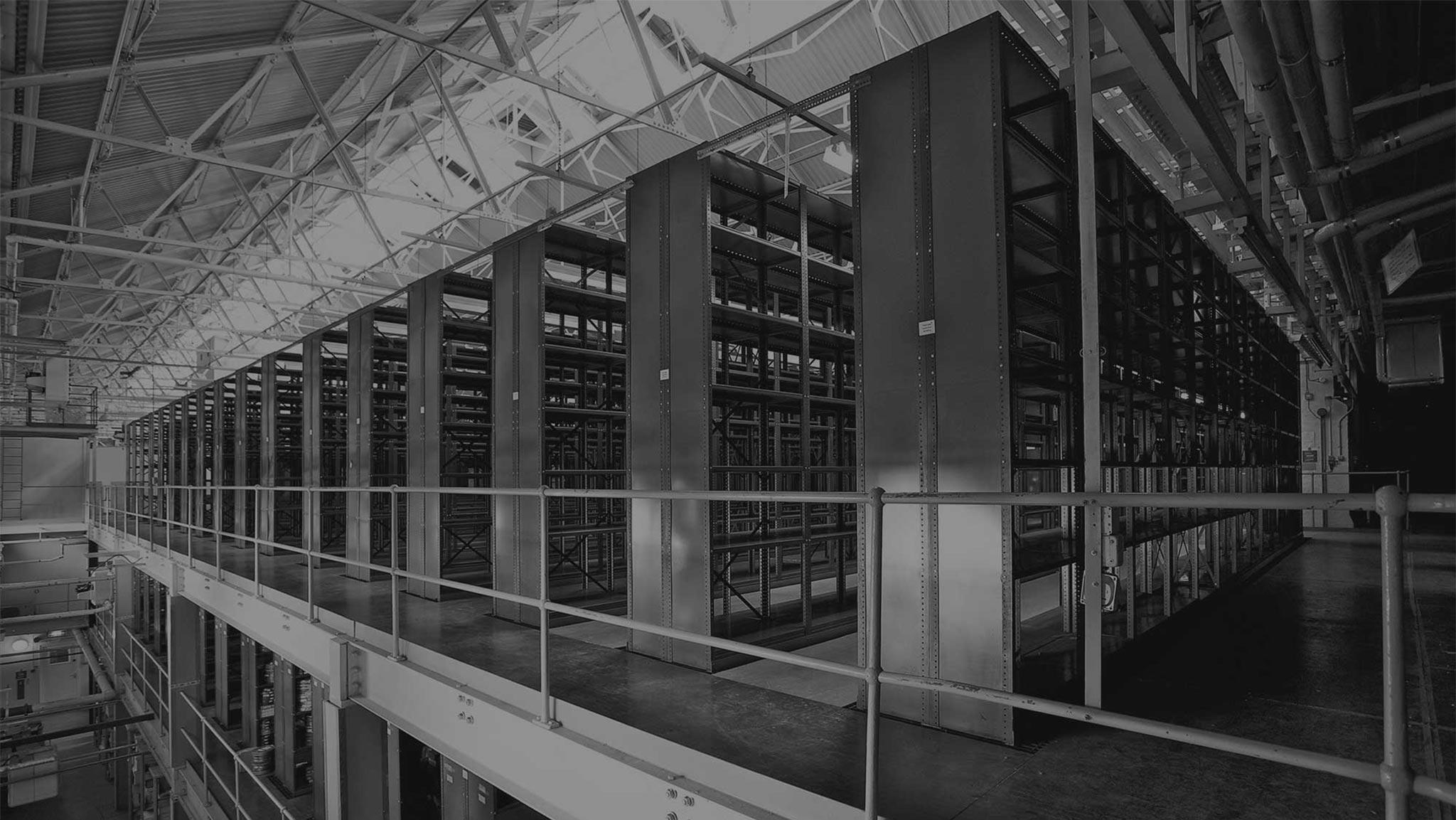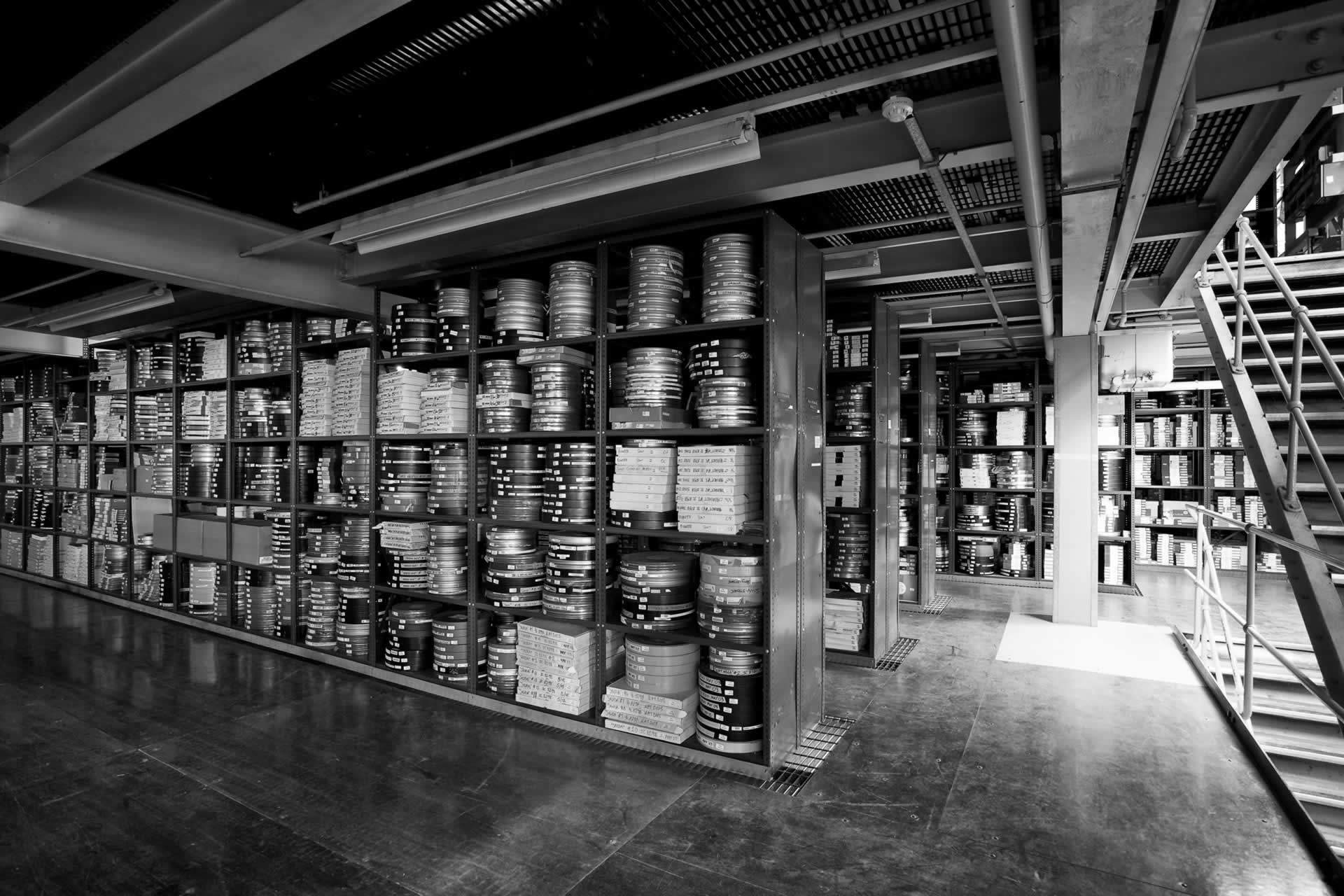How to Minimise E-Waste
With the rapid pace at which technology moves, we often end up accumulating electronic items that we no longer need or use. The computer that is state-of-the-art one moment can become outdated within a matter of months. The smartphone that works as your pocket assistant is capable of everything, yet never capable of enough. So, what do we do when we replace older tech with newer items? Do we add them to landfill, sell, or scrap them?
These are big questions to ask, as the UK continues to battle the e-waste problem. A report from Statista shows that in 2024, approximately 375,000 metric tonnes of e-waste were collected from UK households between January and September, making the UK among the largest producers of e-waste in the world. Factor in the waste accumulated by businesses, and this number will be considerably higher.
So, what can we do to reduce this staggering number, and how do we know what constitutes e-waste so that we can help bring the number down?
In this blog, we’ll explain.
What is e-waste?
E-waste is any electrical item that requires a plug or a battery to function. Televisions, lamps, computers, mobile phones, fridges and washing machines are among the most common items you’ll be familiar with – however, considering the grander scale, there is hospital equipment, heavy-duty machinery, and so much more to factor in.
These electrical items are only classified as e-waste once they are no longer needed due to being broken, outdated or no longer required. Waste electrical and electronic equipment (also known as WEEE) refers to the item, not its components, making disposal sometimes confusing. Microchips, wires and batteries adhere to different recycling rules, so you should always check which procedures to follow before disposing of any electrical goods.
Examples of e-waste
- Hard drives
- Mobile phones
- Computers
- Air conditioning units
- Printers
- Fridges
- Freezers
- Power banks
- Medical equipment
Of course, this list is not exhaustive, but it illustrates a wide range of items heading to landfill sites each year. In some cases, such waste is often shipped abroad with the intention of it being recycled, but questions have been raised about the processes and safety methods employed by some nations.
Why do we have so much e-waste?
As we touched upon earlier, technology moves fast. This often means that relatively new items are no longer the pinnacle of innovation they once were. For some, change is needed quickly; for others, change is simply desired. In this world of consumerism, the newest phone, games console, computer, printer, and more are wished for long before the existing model has passed its sell-by date. This sees homes and businesses discarding items that still have a significant shelf life.
In some cases, e-waste isn’t created through a desire to keep up with the times, but more so a need to refine procedures, save money and stay ahead of the competition. Some items, when they develop faults, cost significantly more to repair than buying a new updated model. In other cases, the newer iteration of specific tech equipment may deliver more accurate results, faster responses or have lower energy costs. Replacing old equipment with these newer models can make good business sense, although this certainly doesn’t help to reduce the number of items being wasted.
Why is e-waste a problem?
All the appliances and items we’ve mentioned are made with vast numbers of metals, electronics and in some cases, gases inside them. Some tech items are even manufactured using precious materials such as gold or silver. Disposing of WEEE items in landfills or via other incorrect methods could see substances such as lead or mercury leak from them and then be absorbed by the land and water. This can cause considerable damage to both health and the environment. Furthermore, if gold, silver, platinum, and other materials are being dumped with no secondary use being given to them, we are simply wasting valuable materials that could be used elsewhere.
This goes beyond environmental problems, though. When computers, hard drives, USB sticks and other such devices are disposed of, you run the risk of significant data breaches. All these items require wiping and suitable disposal. Simply taking them to the tip or an unvetted third party could mean your confidential information is compromised long after you have removed the items from your workplace.
How to reduce e-waste
In your position as a business owner, you can do your part to reduce e-waste and remain at the forefront of your industry with the tech you use. This move will not only help reduce the amount of equipment being disposed of unsafely, but may also give a new lease of life to equipment that is still fully functional.
1. Extend the lifespan of devices
- Regular maintenance: Clean and update devices to keep them running longer
- Upgrade hardware: Add RAM or replace hard drives instead of replacing entire systems
- Use durable, modular devices: Choose products designed for easy repair and part replacement
In some cases, even with increased lifespan, equipment may no longer be usable for your business. When that is the case, consider the options in our second tip below.
2. Repair, reuse, and repurpose
- Internal reuse: Reassign older equipment to employees with lower-performance needs
- Donate old tech: Give still-functioning electronics to schools, nonprofits or startups
- Repurpose hardware: Use old devices for training, testing or development environments
3. Adopt circular procurement
- Buy refurbished equipment: Choose high-quality refurbished devices
- Lease instead of buy: Leasing often includes return/recycling programs
- Choose eco-conscious suppliers: Partner with manufacturers who have take-back or recycling programs
4. Establish a formal e-waste policy
- Create e-waste guidelines: Define how and when to dispose of old electronics
- Educate employees: Train staff on proper handling and disposal practices
- Track inventory: Maintain a digital asset list to monitor device lifecycle and avoid unnecessary purchases
5. Partner with certified e-waste recyclers
- Use responsible recyclers for safe and compliant disposal of old, unused items
- Ensure data is wiped securely before recycling
- Avoid informal recycling that leads to environmental and health hazards
At Stockroom London, for example, we can organise secure shredding for hard drives and many other WEEE items. This not only ensures a safe disposal but also guarantees that any data held on such devices cannot fall into the wrong hands.
6. Promote a digital-first and cloud-based strategy
- Use cloud computing: Reduces the need for local hardware
- Digitise operations: Cut down on the use of printers, servers and other electronics
Once items are moved from physical to digital, you not only reduce e-waste but also gain office space. This could help you make the office more ergonomic and, therefore, enhance productivity. You can then consider increasing your digital space by transferring digital data to our LTO tapes for secure, long-term digital storage. That way, your data remains encrypted and secure, and you don’t have to worry about the risk of onsite data breaches or accidental deletion.
7. Encourage manufacturer take-back programs
- Work with companies that offer Extended Producer Responsibility (EPR)
- Return electronics to the manufacturer for responsible recycling
8. Monitor and report progress
- Set e-waste reduction goals
- Report metrics in sustainability or ESG reports
- Highlight efforts in marketing and internal communications
E-waste is a problem, but it can be tackled correctly. If you require physical or digital storage, we can help. Our vast storage facility enables you to store redundant tech safely until you need it again, and our digital storage ensures the long-term, compliant safekeeping of digital files. Contact our team today to find out more.




